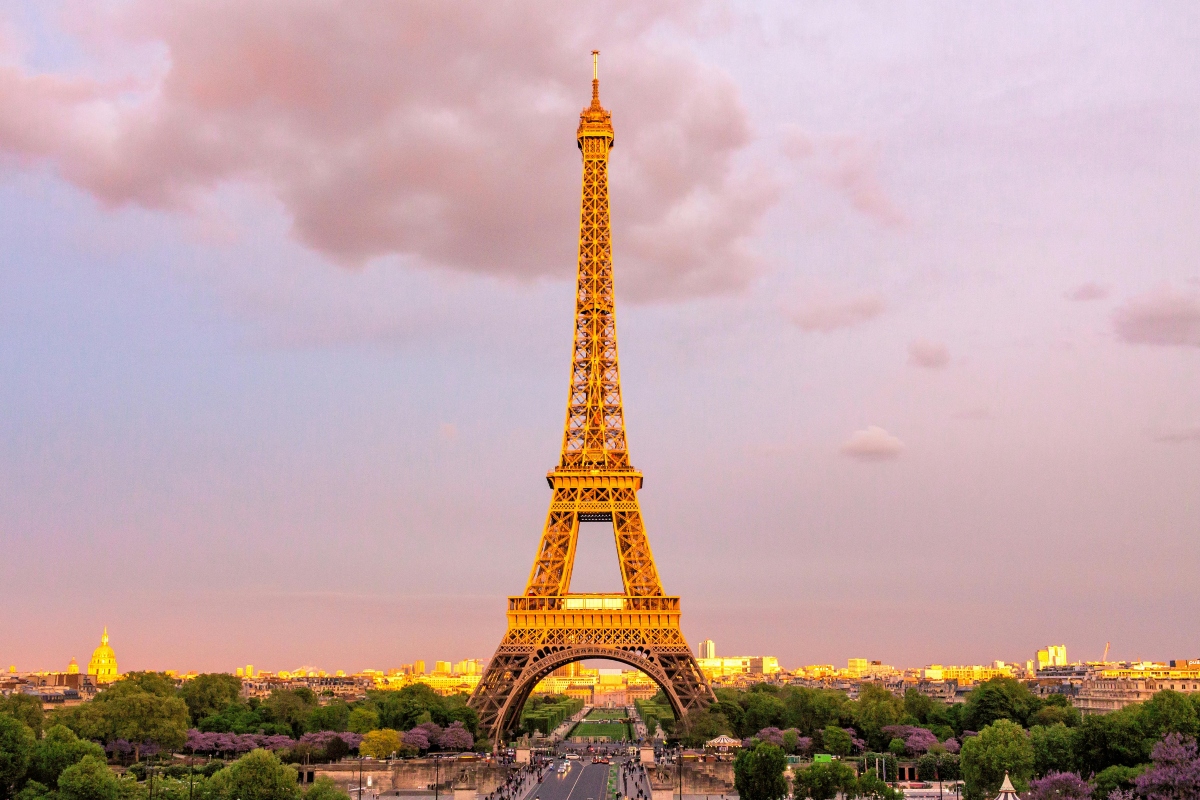The new Netflix movie “Under Paris” has captivated audiences with its thrilling narrative and stunning visuals, making it a standout film in recent cinema. A few weeks ago, the French shark film launched with a bang, becoming the most popular non-English film on Netflix with 41 million views in its first five days of availability. A month prior to the commencement of the summer Olympics in Paris, the film about triathlon competitors who are eaten during a swimming competition in the Seine River debuted at number one on Netflix’s list of the best 93 non-English language films.
Gens, Maud Heywang, and Yannick Dahan wrote the screenplay for the movie, which was based on an original concept by Edouard Duprey and Sebastien Auscher. Oscar-nominee Berenice Bejo plays a bereaved scientist who works with a police officer to stop a devastating shark attack in the lead-up to an international triathlon near the Seine River. Visiting the filming locations is a unique chance for fans to experience the universe of “Under Paris,” reliving important sequences and appreciating the distinct feel of each place. Let’s walk through the primary locations used for filming, emphasizing the things to see and do.
Paris, France

Key Scenes: The catacombs where the scientist, Sophia uncovers crucial secrets and impending danger. The Seine River banks where Lilith, the shark has made its home.
Best Time to Visit: April to June (Spring) or September to November (Fall)
Transportation Options: Metro, buses, taxis, and bike rentals
Paris, the heart of France, is renowned for its historical landmarks and vibrant culture. The filming primarily took place in accessible yet iconic spots throughout the city. Paris offers an enchanting blend of history and modernity. The catacombs provide a chilling yet fascinating glimpse into the past, while the Seine River banks showcase the city’s beauty and romance. There are tours available for fans to explore these iconic sites. Some scenes were shot in rarely accessed parts of the catacombs, requiring special permissions. The film’s night scenes along the Seine used cutting-edge lighting techniques to capture the perfect ambiance.
Things to Do: Visit the Louvre Museum and the Eiffel Tower or explore Montmartre and the artistic legacy of the area.
Where to Eat: Le Procope, known as the oldest café in Paris, frequented by intellectuals or Café de Flore, a historic spot visited by artists and writers.
Where to Stay in Paris: Hôtel Le Lapin Blanc, a charming boutique hotel near the Latin Quarter or Hotel de Crillon, a luxury option that boasts historic significance and modern comforts.
Alicante, Spain

Key Scenes: The crew shot in water tanks and the ocean off the coast of La Vila Joiosa.
Best Time to Visit: May to October (Summer)
Transportation Options: Buses, trams, taxis, and car rentals
Alicante, a picturesque coastal city in Spain, offered stunning backdrops with its beaches and historic sites. Alicante’s blend of sandy beaches, historical castles, and vibrant nightlife makes it a delightful destination. Its old town, with its quaint streets and beautiful architecture, adds to the city’s charm. Visitors can take guided tours that highlight the film’s key locations.
Things to Do: Explore the Santa Barbara Castle or stroll along the La Explanada de España.
Where to Eat: El Portal Alicante, known for its tapas and vibrant atmosphere, or Nou Manolin, famous for its traditional Spanish cuisine.
Where to Stay: Hotel Hospes Amerigo offers luxury, or Melia Alicante, known for its stunning sea views and proximity to the beach.
Brussels, Belgium

Key Scenes: The Under Paris film crew worked with Lite Studios to shoot underwater scenes in Brussels, Belgium. They shot with water tanks and specialized FX equipment at Fabriekstraat 81, Vilvoorde.
Best Time to Visit: March to May (Spring) or September to October (Fall)
Transportation Options: Buses, trams, metro, and taxis
Brussels, the capital of Belgium, featured prominently in the film with its grand architecture and cultural depth. Brussels is known for its rich history, stunning architecture, and cultural attractions. The Grand Place, with its ornate guildhalls and Town Hall, is a UNESCO World Heritage site. The Royal Palace’s gardens offer a tranquil escape in the city.
Things to Do: Visit the Atomium and Mini-Europe or explore the Magritte Museum– Royal Museums of Fine Arts.
Where to Eat: Maison Dandoy, famous for its Belgian waffles and traditional sweets, or La Roue d’Or, known for its classic Belgian dishes and Art Deco setting.
Where to Stay: Hotel Amigo, offering luxury stays with historical significance; or The Dominican, a boutique hotel close to the city’s main attractions.





